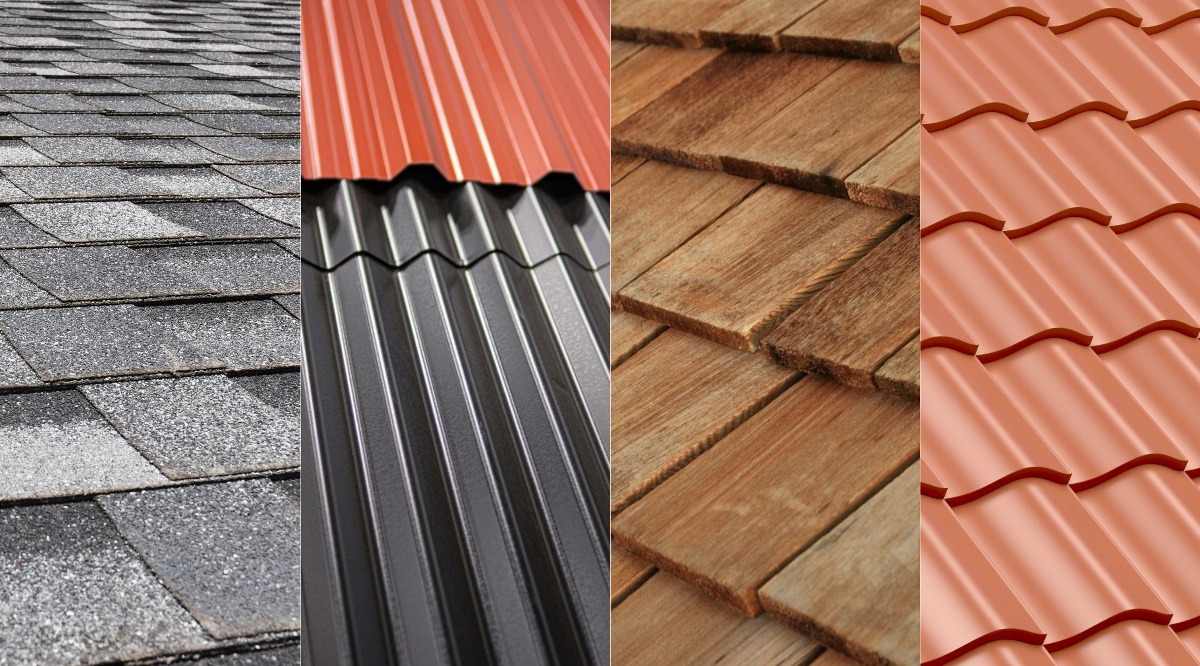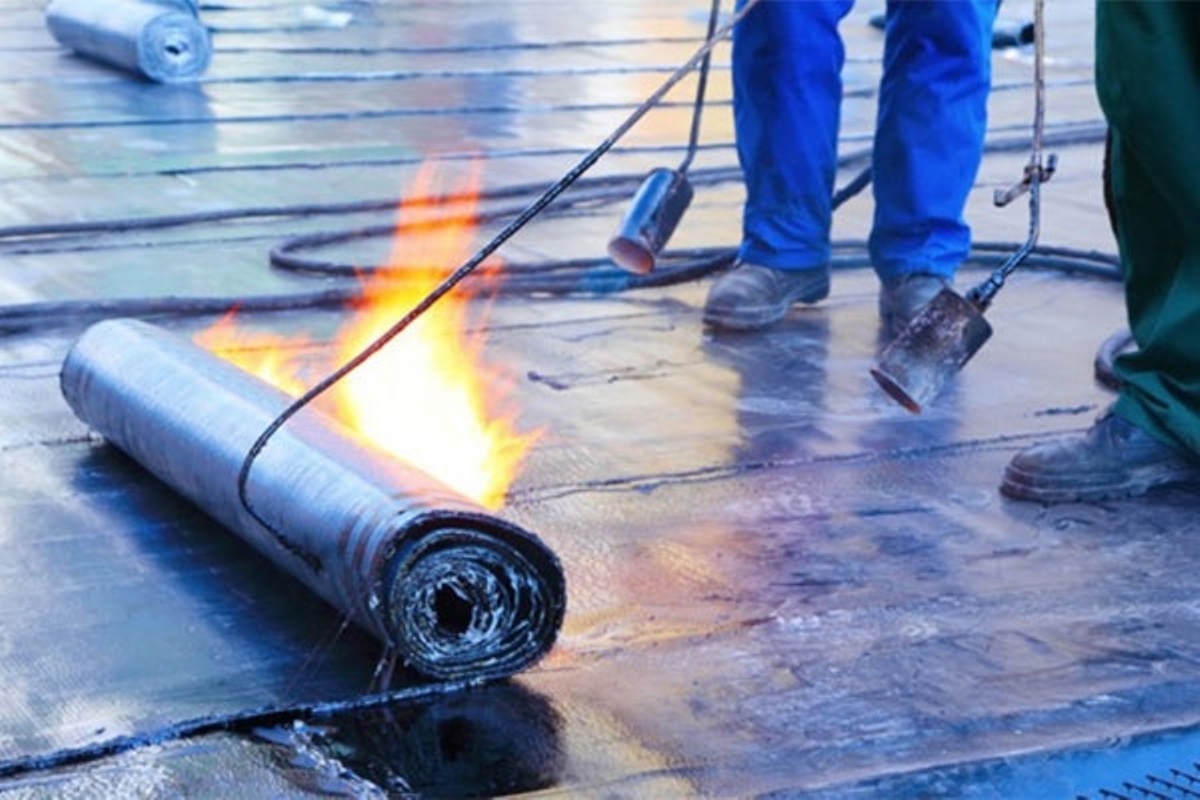
The global market for rheumatoid arthritis treatments is expected to grow at a CAGR of...
Learn More
Our consulting solutions address company specific challenges with respect to micro environment...
Learn More
Organizations frequently need day-today research guidancein order to gain strategic...
Learn More
Exploring different areas of market research and market analysis is a key factor...
Learn MoreAcute Market Reports presents the most extensive global business research services across industries. Our research studies focus on potential outcomes, benefits, and risks associated with each market segment across geographies. Having served our global clients for more than 10 years, our prime priority is to enable our clients in making well-informed business decisions through a data-driven, analytical, and uncomplicated research approach.
We provide access to the world's most comprehensive, analytical, and updated business intelligence services and solutions.




The roofing material market is expected to grow at a CAGR of 4.5% during the forecast period of 2025 to 2033. Roofing material market is a dynamic sector characterized by a diverse array of products including asphalt shingles, metal roofs, clay tiles...
Read More
The waterproofing membrane market encompasses a range of materials and technologies designed to prevent water penetration in structures. These membranes are crucial in the construction industry for protecting buildings and infrastructure from water d...
Read More
The self-checkout system market is expected to grow at a CAGR of 13.8% during the forecast period of 2025 to 2033, driven by technological advancements, changing consumer preferences, and the need for operational efficiency in retail environments. In...
Read More




